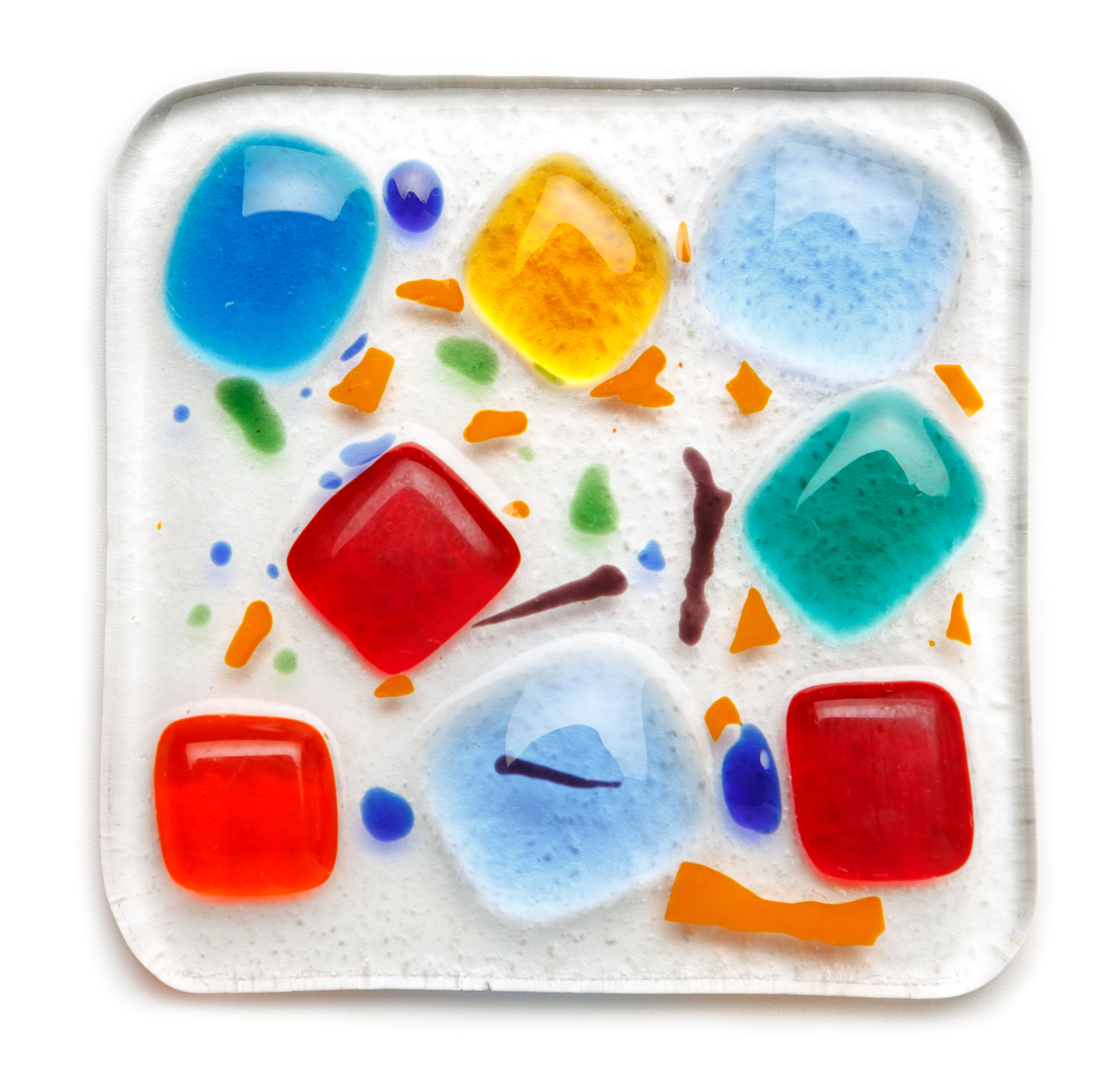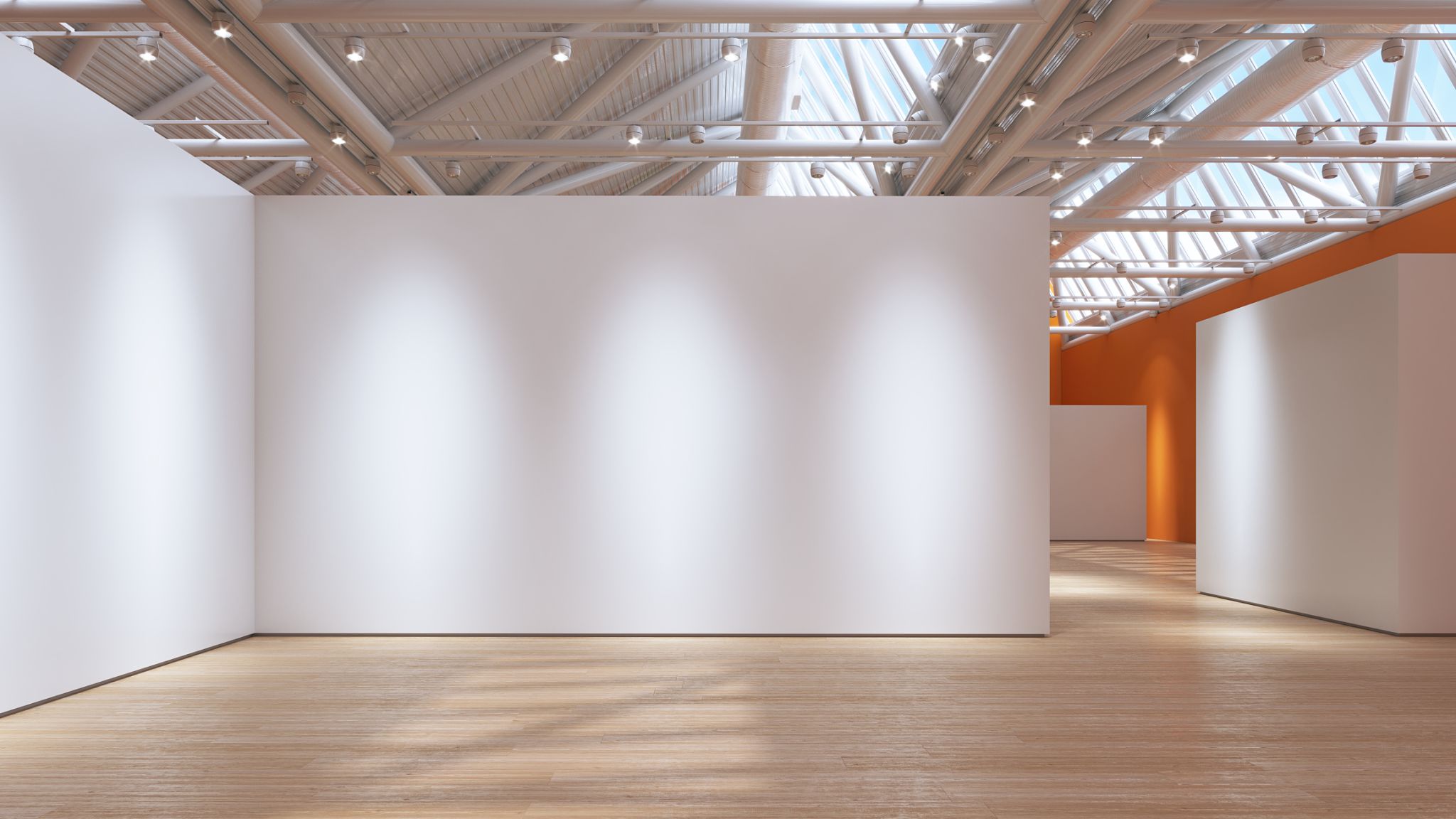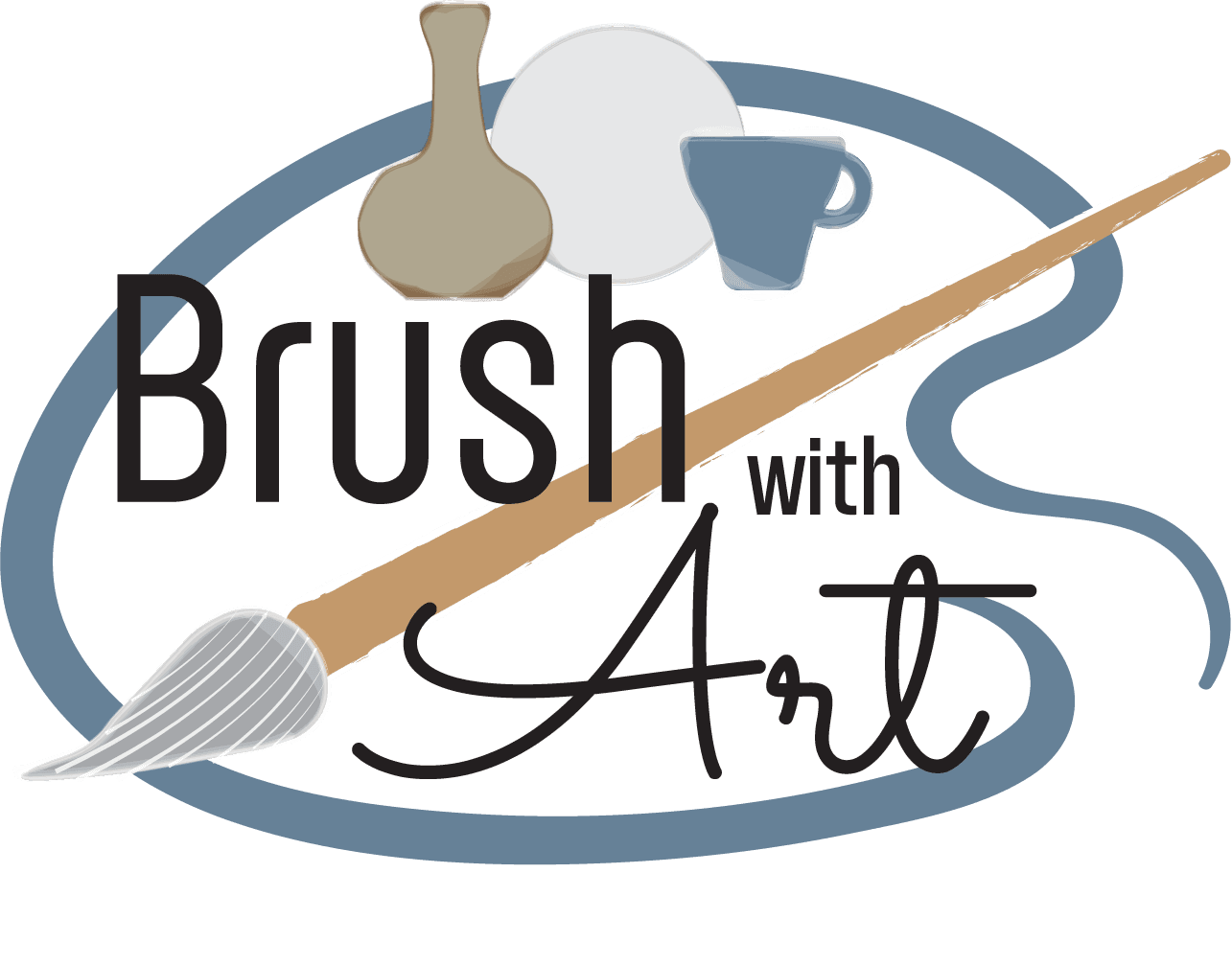A Guide to Fused Glass Art: Techniques and Inspiration
Understanding Fused Glass Art
Fused glass art is a captivating and creative medium that involves the fusing of glass pieces together in a kiln at high temperatures. This art form allows artists to experiment with vibrant colors, textures, and shapes to create stunning works. Unlike stained glass, fused glass art does not require soldering or lead, making it a more accessible option for those new to glass art.
Whether you're a seasoned artist or a curious beginner, diving into the world of fused glass offers endless possibilities for creativity and expression. This guide will explore some key techniques and provide inspiration for your fused glass projects.

Basic Techniques in Fused Glass Art
Cutting and Arranging Glass
The first step in creating fused glass art is cutting and arranging your glass pieces. Glass can be cut into various shapes using specialized tools like glass cutters and breaking pliers. Once you have your pieces, they can be layered to create depth and dimension. Experimenting with different color combinations and transparencies can yield unique results.
Arranging the pieces on a kiln shelf is crucial, as this will determine the final appearance of your artwork. Artists often use tack fusing to create a textured surface or full fusing for a smooth, flat finish.
Firing in the Kiln
The firing process is where the magic happens. Once your design is complete, it is placed in a kiln and heated to temperatures between 1,400°F and 1,500°F. The heat causes the glass pieces to melt and fuse together, creating a cohesive piece. The firing schedule can vary depending on the desired effect and the type of glass used.

Advanced Techniques for Fused Glass Art
Inclusions and Embellishments
For those looking to add an extra layer of creativity, consider incorporating inclusions such as metal foils, wire, or organic materials into your design. These elements can create unique textures and patterns when fused within the glass. Additionally, embellishments like enamel paints or decals can be used for intricate detailing.
Slumping
Slumping involves placing fused glass over a mold and heating it until it takes the shape of the mold. This technique is ideal for creating three-dimensional pieces such as bowls or sculptures. The combination of slumping and fusing allows artists to explore both functional and decorative art forms.

Finding Inspiration for Your Fused Glass Art
Nature and Environment
Nature offers a vast array of inspiration for fused glass artists. From the colors of a sunset to the patterns found in leaves or the ocean's waves, the natural world provides endless ideas for designs and color schemes. Observing your surroundings can spark creativity and offer fresh perspectives for your art.
Art and Culture
Exploring different cultures and their traditional art forms can also serve as a rich source of inspiration. Patterns, motifs, and color palettes from cultural artifacts can be infused into your work, creating pieces that are both contemporary and deeply rooted in history.
Finally, visiting galleries or connecting with other fused glass artists online or in local communities can provide valuable insights and inspiration. Sharing ideas and techniques with fellow artists can encourage growth and innovation in your own work.

